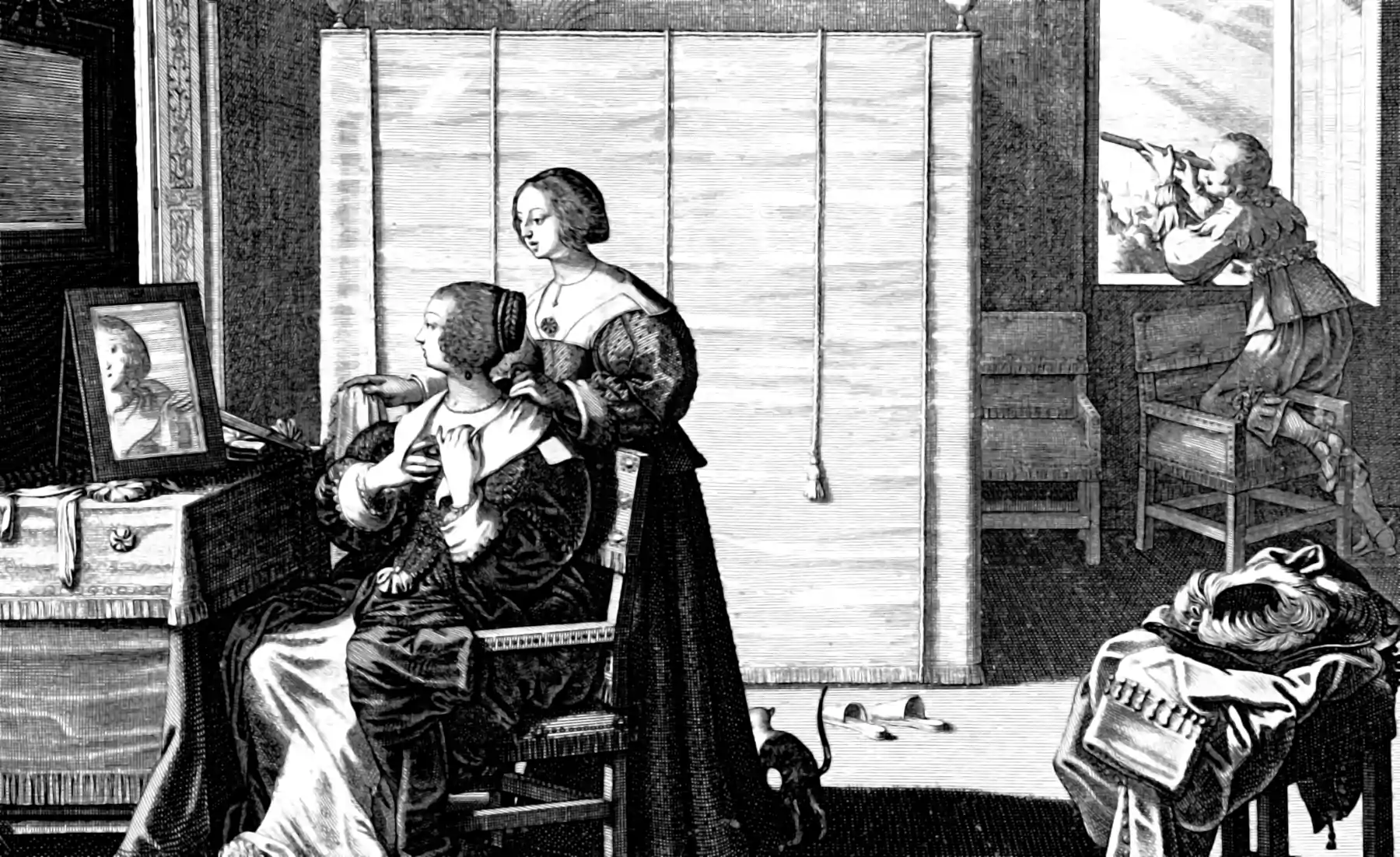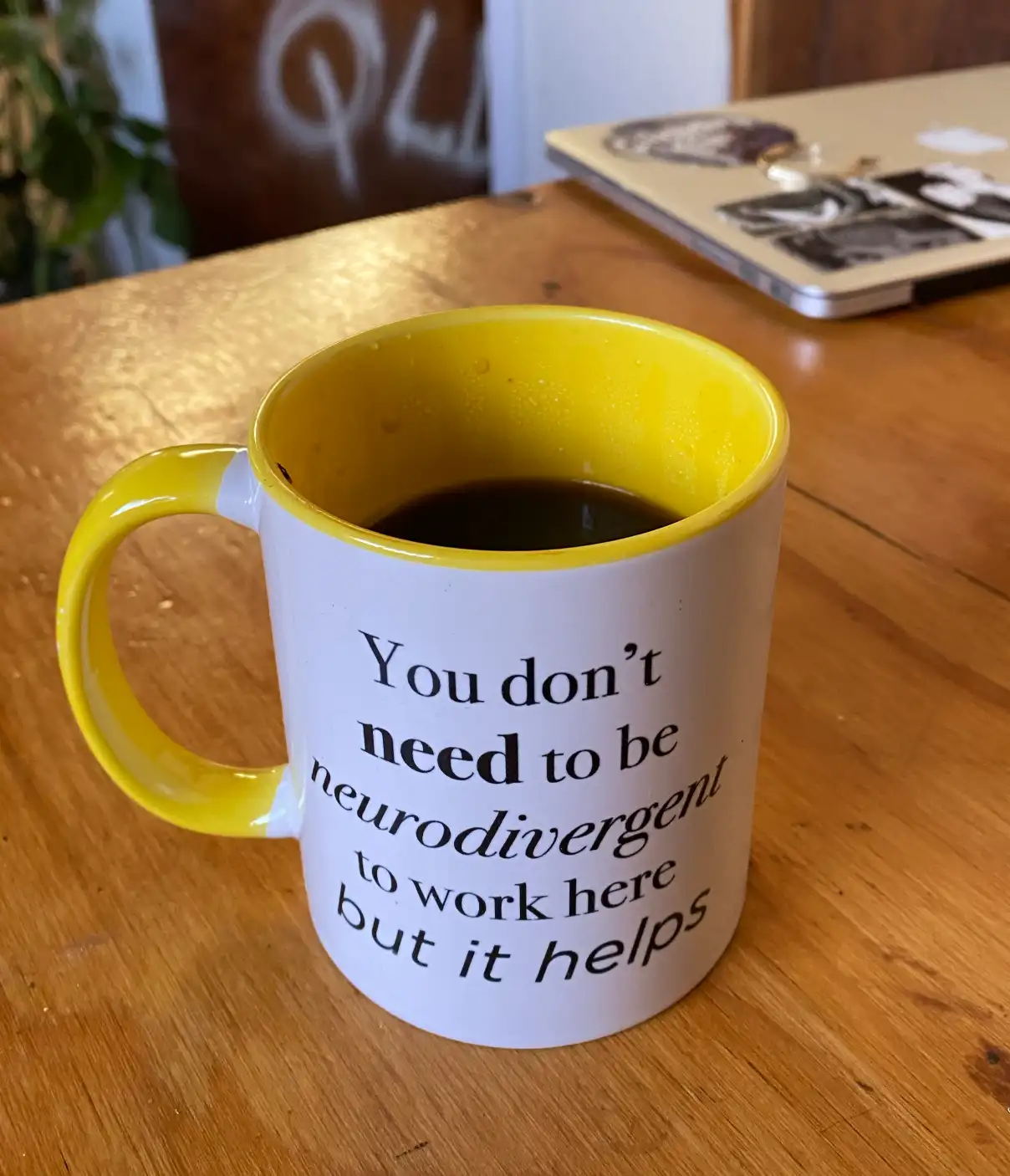Autism/allism spectrum
May 24, 2022 — August 29, 2023
Suspiciously similar content
An interesting axis in the social brain space. I work in science, so I may as well behave as if the people around me are on the autism spectrum because they mostly are.
1 Allism
I like the term “allism,” which is a satirical and profound attempt to define non-autism as a disorder. I have introduced this successfully in my local peer dialects, and it helps.
2 Workplace
See also diversity in teams.
Crompton et al. (2020):
The Double Empathy theory suggests that communication difficulties arise from a mismatch in neurotype; thus, information transfer between autistic people may be more successful than between an autistic and a non-autistic person. … These results challenge the diagnostic criterion that autistic people lack the skills to interact successfully. Rather, autistic people effectively share information with each other. Information transfer selectively degrades more quickly in mixed pairs, in parallel with a reduction in rapport.
3 Inevitable language wrangling
Much ink has been spilled on whether to say “Person With Autism” or “Autistic Person”?. Also witnessed: autists, autistics, etc. As usual with language debates, I think that
- these debates are a sideshow distracting us from actual action on inclusivity, and
- respecting people’s personal communicative preferences is both polite and easy.
There, I’ve run out of the attention I had to spare on that.
4 Gender diversity in autism
Fascinating! Dattaro (2020);Strang et al. (2018);Walsh et al. (2018);Warrier et al. (2020).
5 Incoming
goblin.tools is a collection of small, simple, single-task tools, mostly designed to help neurodivergent people with tasks they find overwhelming or difficult.
how and why to be ladylike (for women with autism) is fascinating
acting like a lady is leveraging your attractiveness (whatever degree of it you might have) while also giving yourself/the people you’re interacting with, plausible deniability that you’re leveraging your attractiveness. now this might sound kind of fucked up. and i’m not saying it’s never fucked up. also i’m not saying this always works, you just don’t have total control over other individuals sadly (or you wouldn’t have to strategize like this at all). but even in the worst case scenario idt it’s any more fucked up than being overtly sexy & then not putting out for the ppl who are nice to you. and in most cases it is far less fucked up, because the best way to execute that plausible deniability, is to give people something they will actually value. so then the structure of what happens is that they are initially nicer to you bc you’re attractive, but you give them something else that they like enough that they won’t feel cheated.
one great thing about this, for you as a woman who has some trouble understanding people, is that you don’t actually have to know for sure whether they’re being nice to you because you’re attractive or because you’re nice–
The Identity Theory of Autism: How Autistic Identity Is Experienced Differently » NeuroClastic
An Adult Autism Diagnosis Gave Mary HK Choi a Lot of Answers

